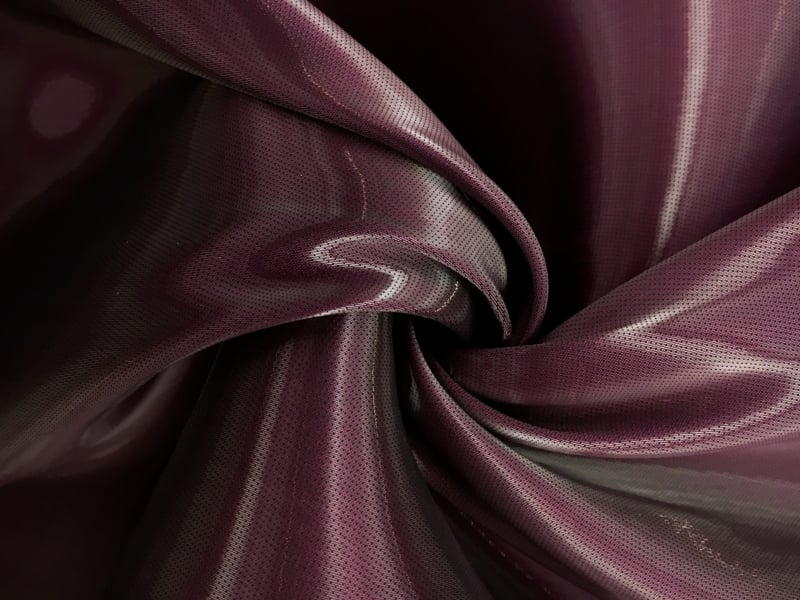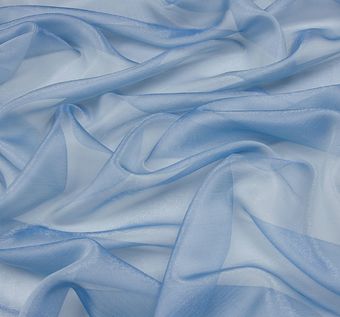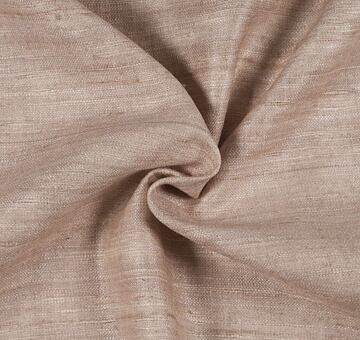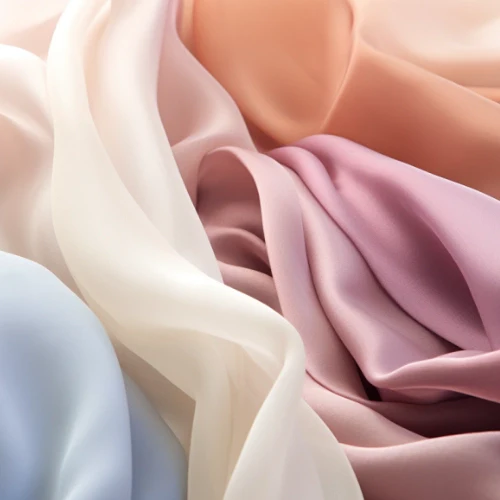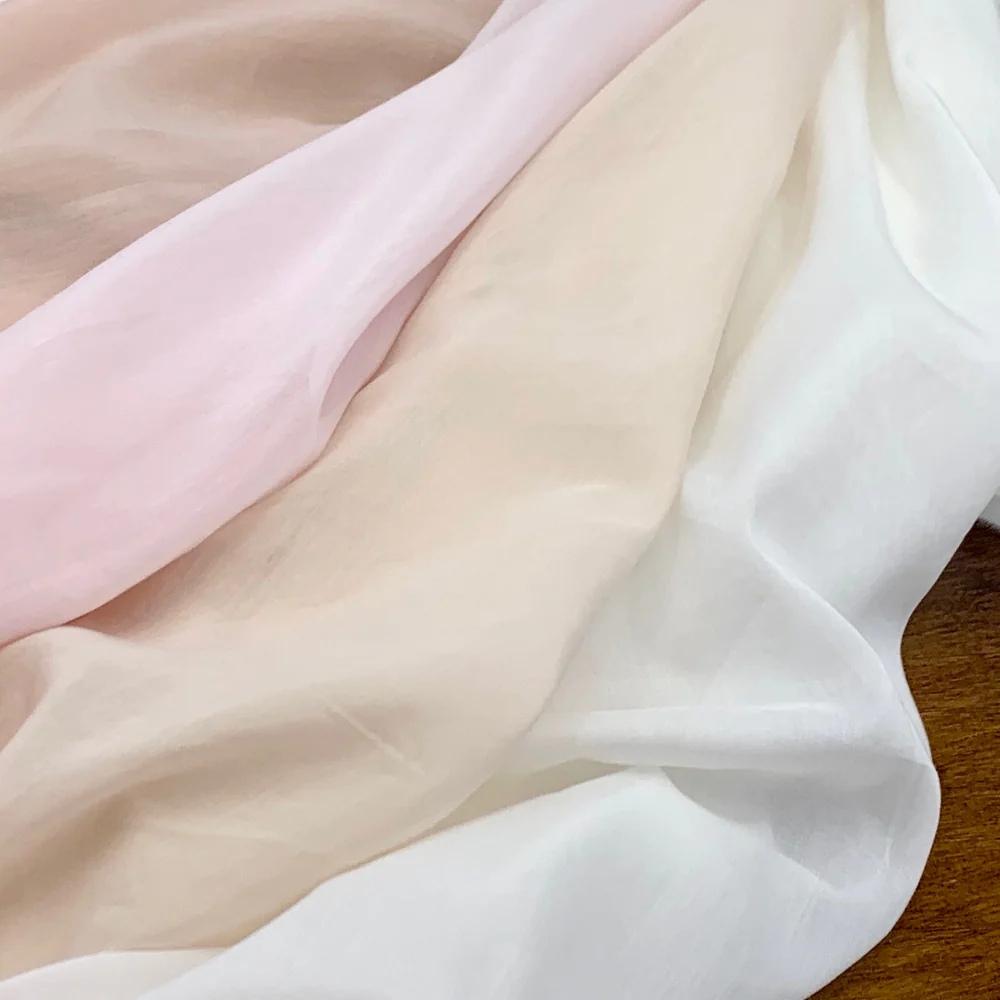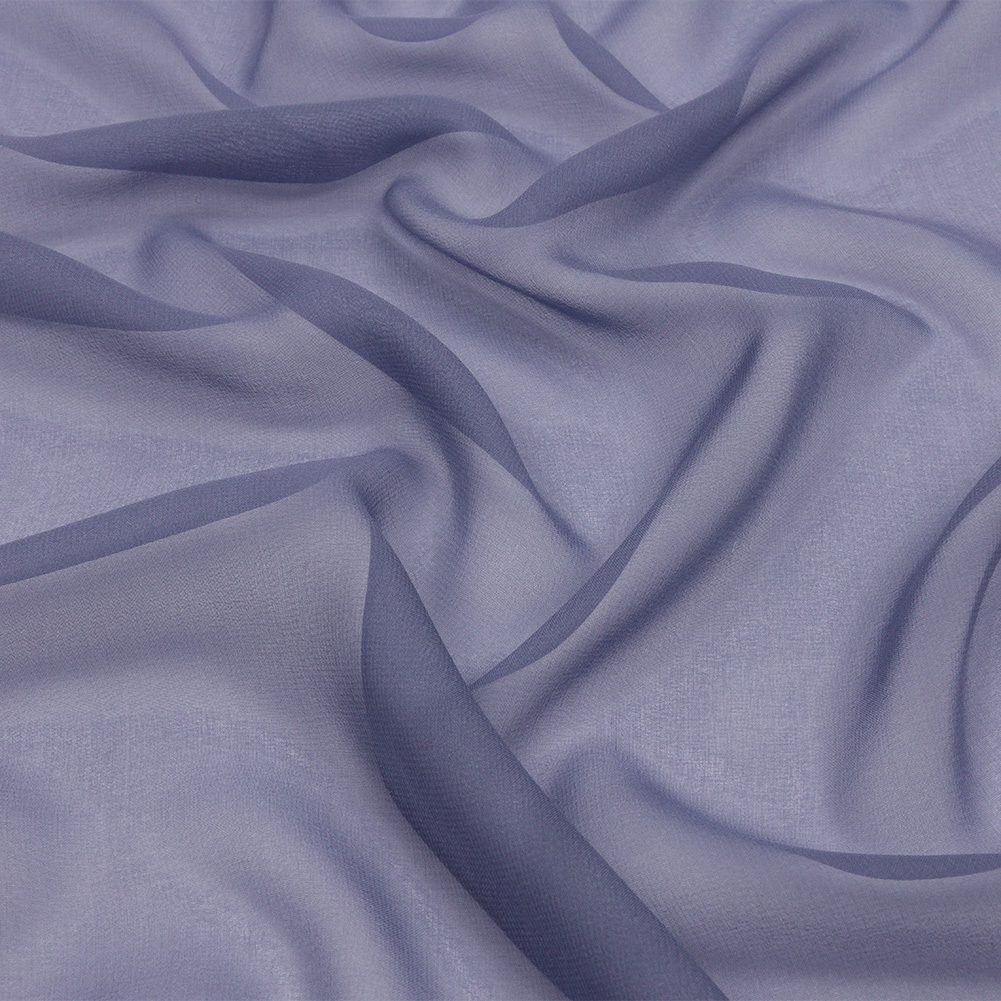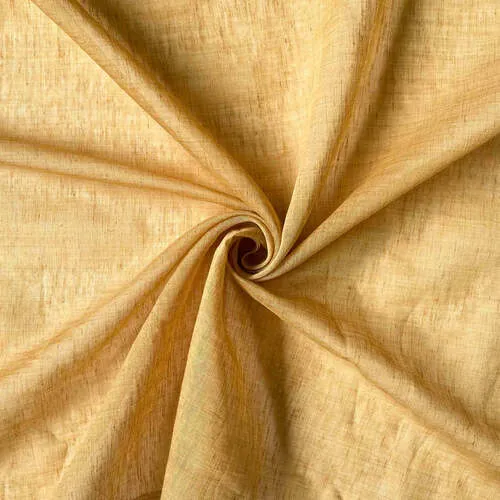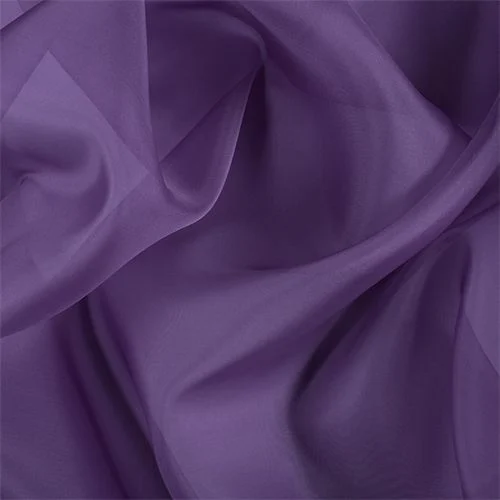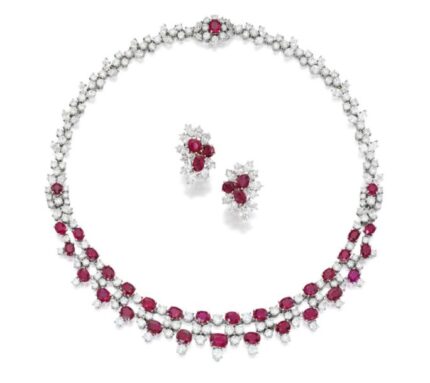Description
Silk blends are a luxurious fusion of silk fibers with other materials, creating fabrics that offer the best of both worlds: the opulence of silk combined with the durability and versatility of complementary fibers. By blending silk with cotton, linen, or synthetic fibers like polyester, manufacturers can enhance the fabric’s properties, resulting in textiles that are not only softer and more breathable but also easier to care for and maintain. The result is an array of stunning fabrics suitable for a variety of applications, from elegant evening wear to casual everyday clothing.
One of the key advantages of silk blends is the ability to introduce unique textures and finishes that elevate the aesthetic of garments. For instance, a silk-cotton blend can produce a fabric that drapes gracefully while possessing a subtle sheen, making it ideal for sophisticated blouses and dresses. On the other hand, silk blends with wool can add warmth and structure to seasonal apparel, perfect for cooler climates. The versatility of these blends caters to diverse consumer preferences, making them a popular choice among designers aiming to create innovative collections that fuse comfort with luxury.
In addition to their aesthetic appeal, silk blends are often more affordable than pure silk, making them accessible to a wider audience. This affordability does not compromise quality; rather, it allows fashion enthusiasts to enjoy the lavish feel and appearance of silk without breaking the bank. As sustainability becomes increasingly important in the textile industry, many brands are also exploring silk blends that incorporate environmentally friendly fibers, ensuring that luxury does not come at the expense of environmental responsibility. Overall, silk blends represent a dynamic segment of the textile market, merging elegance and practicality while catering to evolving fashion trends.

